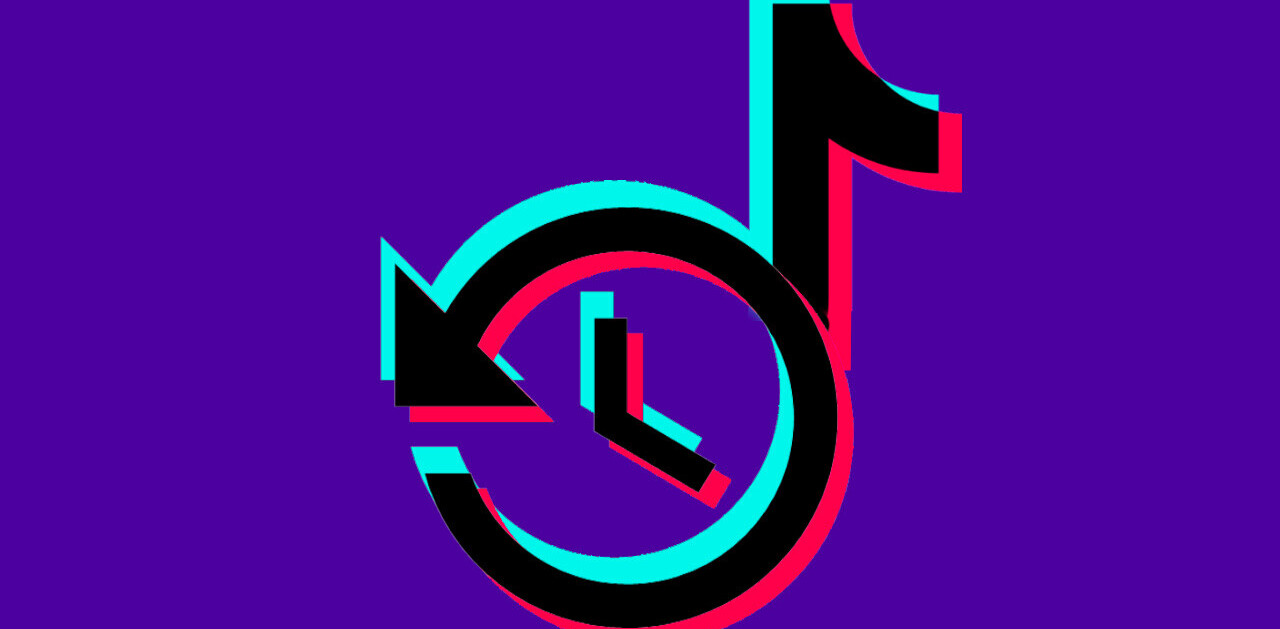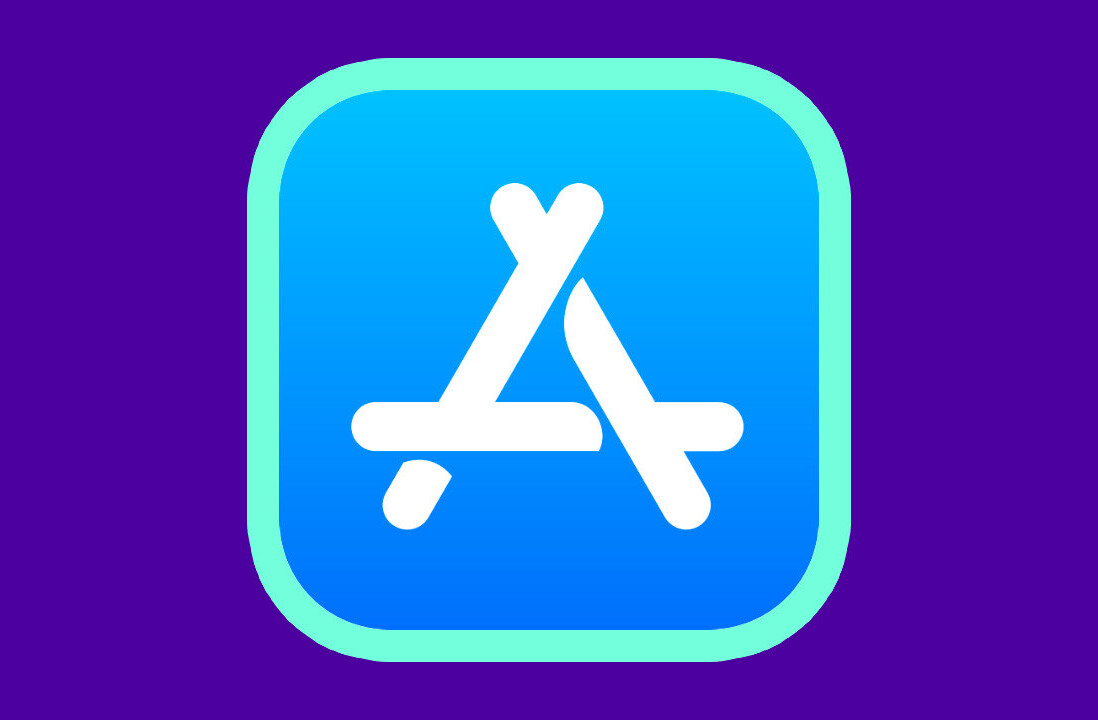
As a developer, have you ever wondered how you can improve engagement with your apps, and keep users, erm, using them?
This is an issue Appsfire is trying to solve with its latest App Booster product, promising to let app developers boost engagement and encourage user retention.
The ‘engagement’ problem
The ultimate engagement problem is that with a mobile app, developers can’t properly relate with their users because, unlike the Web, apps are ‘walled’ and limited to what they do within the app. You generally don’t see the bigger picture.
“Most users drop an app after after they download it,” says Ouriel Ohayon Appsfire co-founder. “How do you keep them engaged? Apps are created liked sandboxed pieces of software where the user has to ‘figure it out’ with what’s in the app.”
Indeed, the issue generally is that users have lots of apps on their device – around 65 on average, according to some sources – which battle for users’ attention. Of course, the likes of Gmail, EverNote, Dropbox, Facebook, Twitter and others do have significant traction and user-uptake, but it’s fair to say that most of a user’s ’65 apps’ sit largely unused.
“It is complex for a developer and, even more, a non-developer, to reach its users once the app is published, says Ohayon. “‘Push’ [notifications] is usually tried, but it’s mostly for those who accept ‘push’ – a big chunk of users never accept it.”
Ohayon also says that app users typically feel disconnected from the developers behind an app, and they have no real way to approach the developer. “All they can do is interact with the app,” he continues. “There’s no way to send feedback, ideas, kudos…the mobile app industry seems obsessed by the number of downloads and ranking, but what about engagement? What s the point of having so many users if they are not really using your app? Engagement is particularly key as more and more paid apps turn to freemium, and free apps rely on usage to monetize through ads.”
What App Booster promises…
http://youtu.be/Oz99hhKz6KU
App Booster is a software development kit (SDK) aimed at helping developers and publishers keep their users active and engaged within the app. It lets developers integrate a 2-way inbox, making it look like a native feature of the app and allows the developer to broadcast in-app notifications, in what Ohayon calls a “non-intrusive way”.
App Booster lets developers send a welcome message to new users automatically, inform them of new app updates, remind users of new features – “Most users never read update notes,” says Ohayon, organize contests and give tips on how to get the most from the app.
In addition to this, the SDK lets developers cross-promote their other apps, communicate issues relating to app maintenance and generally solicit feedback. “Positive feedback reroutes automatically to the App Store or Android market to post a review,” says Ohayon. “When a notification is broadcast, it triggers a ‘bubble’ on the app’s icon and within the app. If the developer wishes, they can also send the message via Push notification – though only to those who accept ‘push’. All this is done and monitored via a Web dashboard. Zero technical knowledge is required.”
The story so far…
The App Booster SDK has been privately tested by a few apps in the build up to today’s launch, and Ohayon tells us that the developers in question have observed engagement with the notification-wall of “up to 50%, and click-through-rate (CTR) of between 15% and 50%.
“Appsfire is expanding its paid discovery solution to third party apps, but we wanted to do it with the partnership of developers, in a non-intrusive way, not conflicting with traditional ad formats which are themselves mostly intrusive, and providing superior interaction with the users,” he says. “Many large and popular apps have built their own notification systems, such as Facebook and Foursquare for news feeds, but this is very hard to build it right yourself. It took us eight months of research and development so far, and we’re not done yet!”
The current state-of-play
Push notifications are a way for an app to broadcast information to a mobile phone (e.g. an alert, or pop-up message), even when the app isn’t actively being used. “Many [apps] rely on push notifications which are activated in at best fifty percent of the time, not mention the overload of notifications even with the new notification center – in both iOS and Android,” says Ohayon. “Most developers never talk to their users other than through their app update notes, which are rarely fully read.”
Ohayon adds that some may also use traditional ‘ad units’, which he says disrupt the app experience and try to engage with the user, whether that’s to ‘rate the app’, subscribe a newsletter and so on. “The traditional ‘Contact us’ option is often hidden in a ‘more’ sub menu,” he says. “The bottom line is that, currently, the communication between users and developers is broken – and this has an impact on how an app is perceived and used.”
In terms of implementing the SDK, it’s essentially a few lines of code and it should take around twenty minutes to integrate into any app. App Booster is optimized for iOS (iPhone and iPad), Android and will soon be available in HTML5. It’s free for developers to use.
Get the TNW newsletter
Get the most important tech news in your inbox each week.




